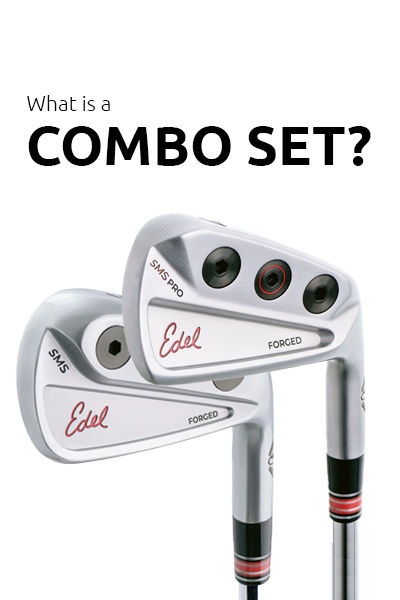
What is lie angle?
You may have heard the term lie angle thrown around, or had a golf buddy tell you that you may need to adjust your lie angles, but what is lie angle and why might you need to adjust your clubs? Let’s dive in with some help from our friends at Edel Golf, with their new SMS lineup of irons, which you can check out by clicking the button below.
Lie angle is the angle created between the shaft and the ground when the club is properly soled with the center of the sole square to the ground. You can think of the point of contact with the center of the sole as the perfect square position. One important note is that there are going to be differences in your lie angles between your static lie angle at address, and your dynamic lie angle through impact. You want to be able to measure your dynamic lie angle for the best results. You can do this with launch monitors like Trackman or Foresight GC Quad.
Having the proper lie angle has more of a determining factor on the start line of your shots than any other technical aspect of your equipment.
As the toe of the club comes further off of the ground, the more upright that club is going to be. A more upright club will start the ball further left (for a right handed golfer) because as the toe is raised the center of the face will start to aim more and more left.
The closer to the ground the toe of the club is the flatter that club is going to be, which will cause the startline to move further to the right as the center of the club face moves further toward to the right. A perfectly fit lie angle will start the ball down your intended center line.
Considerations for Testing at Home
If you don’t have access to a launch monitor, or like to tinker on your own, there are two traditional ways to find out if you need to adjust your lie angles. The first and potentially easiest is to look at your divot patterns. If you are seeing thin divots that are thick on the toe side, you may need to adjust the clubs more upright. If you are seeing divots with a deep heel side, you may need to flatten out those clubs. Ideally you’ll see an even divot pattern with a uniform shape once you have the proper lie angle. This method of checking your lie angles is great because you are judging your lie angles on your impact, rather than just on your static lie. There are also considerations for dynamic lie angle when looking at the length of your golf clubs which our founder Jake covers in the following video.
Thanks to our sponsor Edel Golf for supplying us with the product used to demonstrate this topic. For more information on all Edel Golf products or to find an authorized fitting center near you visit edelgolf.com











